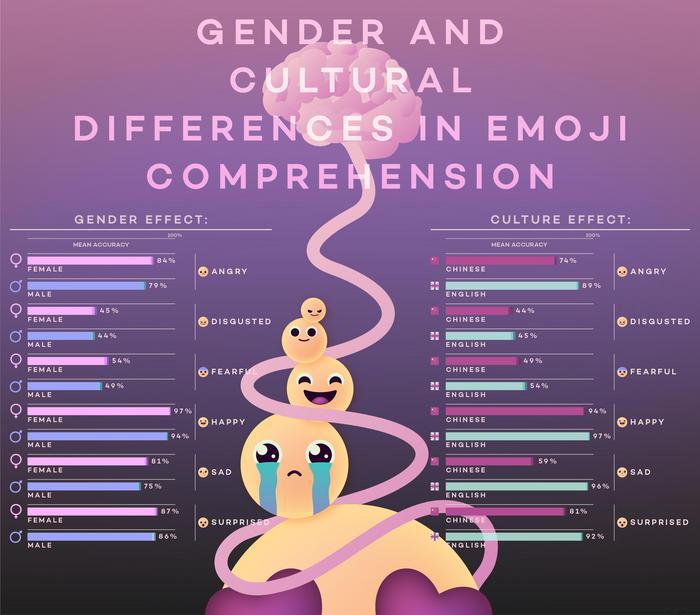How emojis are understood across genders, cultures, and ages – Dailynewsegypt


A study published on Wednesday in the open-access journal PLOS ONE found that gender, culture, and age affect how people interpret emojis, the stylized images of faces that convey different emotions in electronic messages.
The study, conducted by Yihua Chen, Xingchen Yang, and colleagues from the University of Nottingham, UK, involved 253 Chinese and 270 UK adults (51% women and 49% men, aged 18 to 84) who reviewed 24 emojis representing six basic emotions: happiness, disgust, fear, sadness, surprise, and anger.
The emojis came from four different platforms: Apple, Windows, Android, and WeChat, and each emotion was shown by four different emojis. The researchers compared the participants’ interpretations of the emojis’ meanings with the emotion labels assigned by the authors.
The results showed that older participants were less likely to match the labels for surprised, fearful, sad, and angry emojis. Women were more likely than men to match the labels for happy, fearful, sad, and angry emojis. UK participants were more likely than Chinese participants to match the labels for all emotions except disgust.
The study also noted that the emojis used in the experiment may not reflect how people use them in real life, as there are many more emoji types available. For example, the emoji for “disgust” in the study is called “confounded face” on Unicode.org, which may explain why it was hard for the participants to identify it.
The authors emphasized the importance of context when using emojis, as they can have different meanings depending on the situation and the culture. For instance, the “smile” emoji that was labeled as “happy” in the study may not always express happiness, especially for Chinese participants.
The study suggested that future research should explore how individual differences and a wider range of emojis affect their interpretation, both in and out of context. The authors also said that the ambiguity of emojis is a relevant topic for communication across genders, ages, and cultures.





